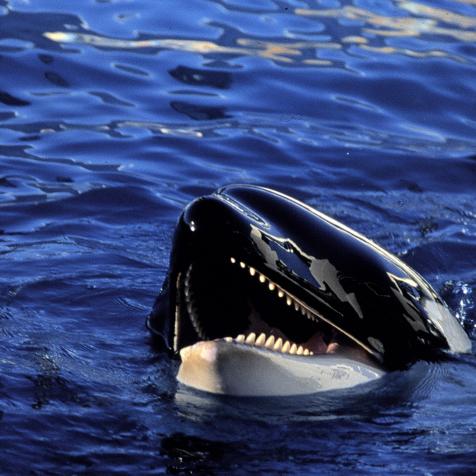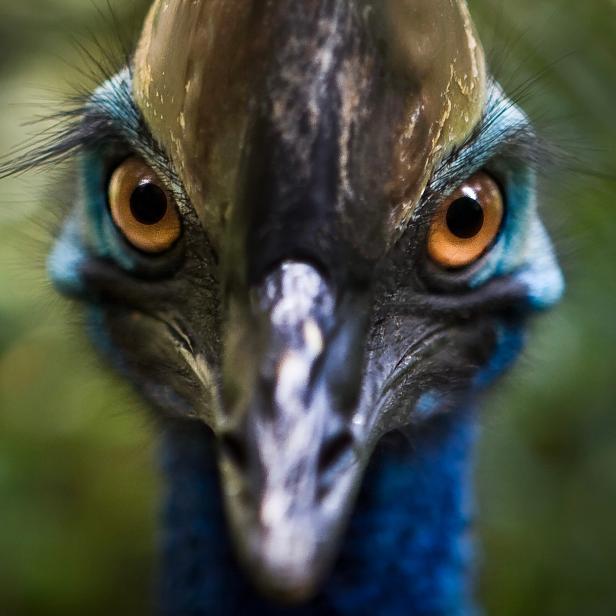
Marianne Purdie
The World’s Deadliest Bird Used to be a Pet
Scientists found cassowary eggshells in New Guinea showing the lethal bird was being domesticated 18,000 years ago.
The southern cassowary is known as the world’s most dangerous bird. Native to the forests of New Guinea and Northern Australia, in captivity the bird displays extreme aggression.
Close descendants of velociraptors, the fierce dinosaurs featured in Jurassic Park, cassowaries have been documented fatally wounding other animals and even humans, like the captive cassowary who mortally wounded its owner in Florida or the cassowary who killed an Australian teenager in 1926.
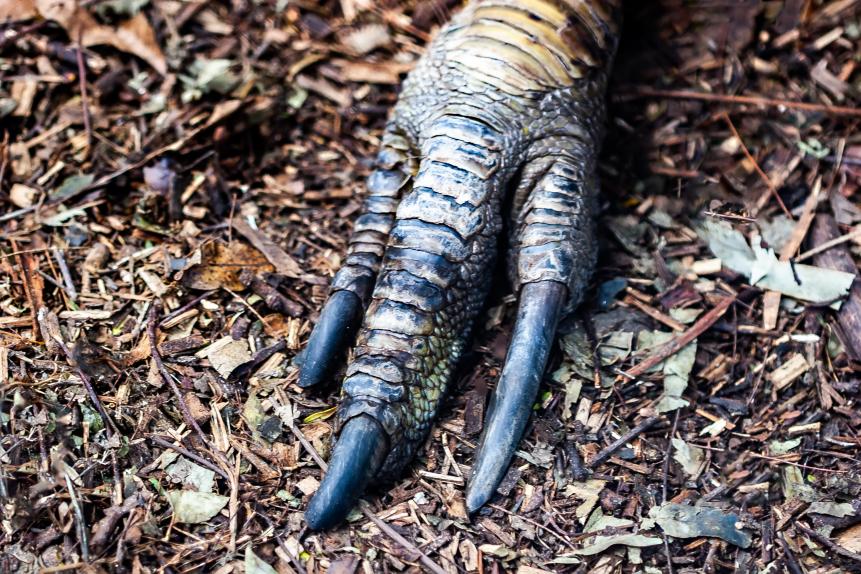
Marianne Purdie
Close-up of the talons of a southern cassowary.
Cassowaries weigh close to 150 pounds. With their reptilian legs, they can stretch to almost six feet tall. By far, their most dangerous weapons are their four-inch talons. When cassowaries feel threatened, they charge at lightning speed, talon first, into their victim.
Cassowary attacks occur every year in Australia resulting in serious injuries like puncture wounds, lacerations, broken bones, and death.
This is not a bird you would want to run into.
But thousands of years before the domestication of the chicken, cassowaries were raised by people in New Guinea from fledgling to adulthood.
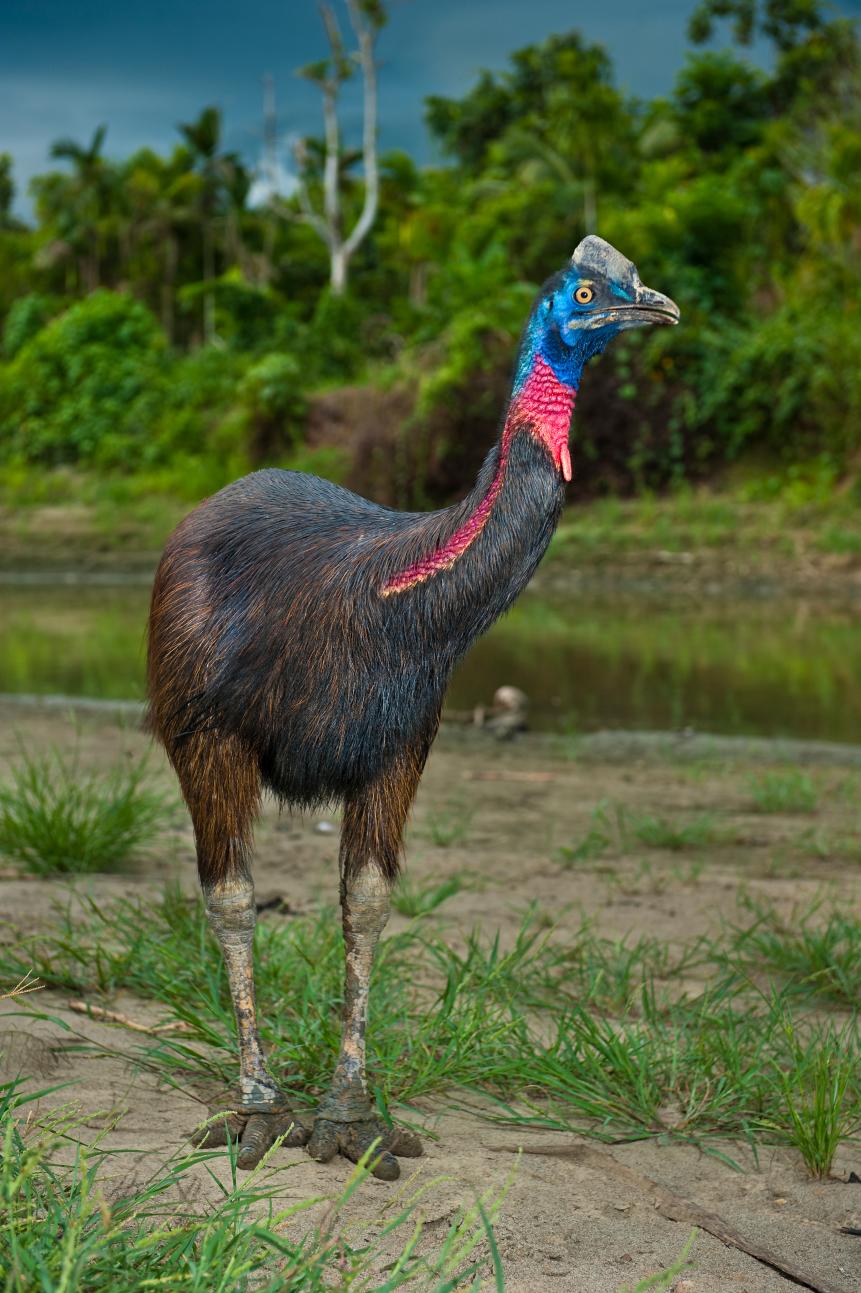
Marc Dozier
Cassowaries are flightless birds, closely related to emus. They are the third-tallest and second-heaviest living birds.
Humans arrived in New Guinea 42,000 years ago. Those settlers would have found the rainforests inhabited by dangerous southern Cassowary birds. Yet, as early as 18,000 years ago, these people found a way to put them to use.
While on an excavation site of a primitive rock shelter, Susan Bulmer, an archaeologist, found a number of artifacts and bird remains – among them more than 1,000 fragments of cassowary eggshells.
Wondering what the people who lived in these early rock shelters were doing with the eggs, she brought them back to the lab. Scanning the shells with 3D laser microscopes revealed how far along each egg had been before hatching. Some eggs had burn marks, suggesting they were being cooked and eaten. While some were almost fully developed. “There’s a great possibility that people were hatching those eggs and rearing cassowary chicks,” said Dr. Kristina Douglass an archaeologist at Penn State University.
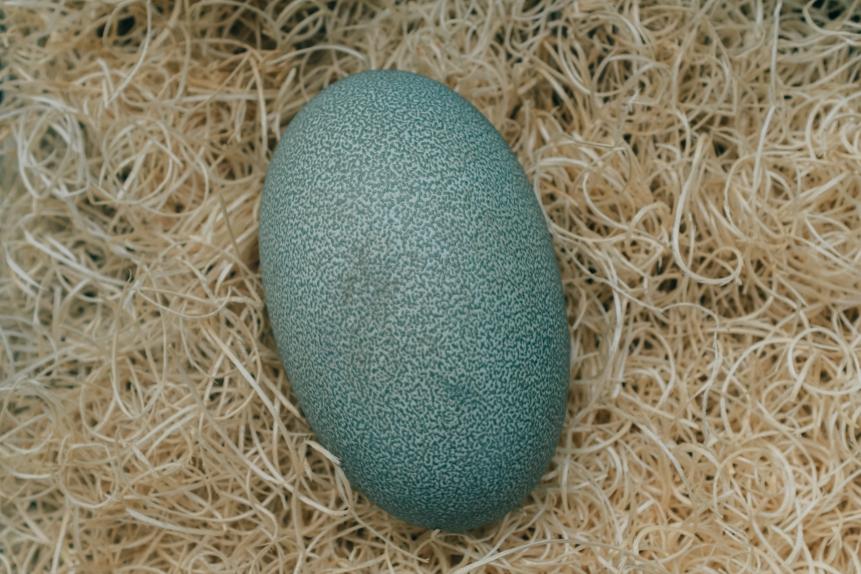
PansLaos
Cassowary egg.
As further proof, scientists point to Indigenous groups in the country that use cassowary meat and feathers in trade and for rituals. These groups still raise cassowaries from eggs taken out of wild nests. The hatchlings are easy to manage because they imprint on the humans who raise them. (It isn’t until they are fully grown that they become a threat.)
Stealing cassowary eggs is no easy task. The nests are hidden deep in the forest and guarded by unforgiving, violent males. Ancient New Guineans would’ve had to track cassowaries and study their movements closely. The precision required means these early settlers had an intimate knowledge of their environment, which they were able to use to their advantage.
If the early inhabitants of New Guinea really did collect eggs, raise chicks, and hand-rear cassowaries then they were likely some of the earliest known humans to tame foul and domesticate birds.










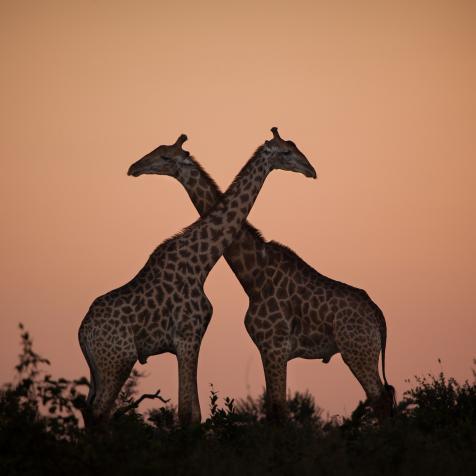

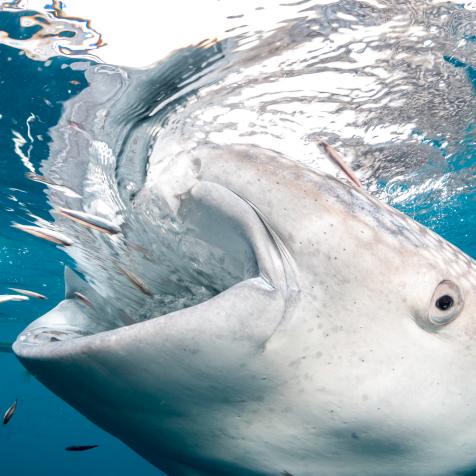
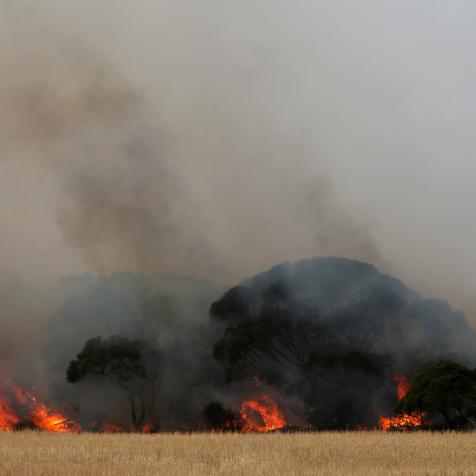
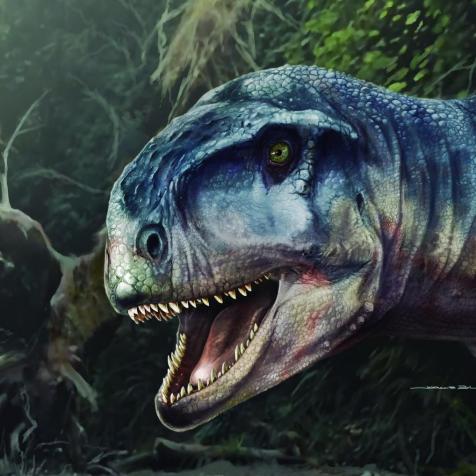
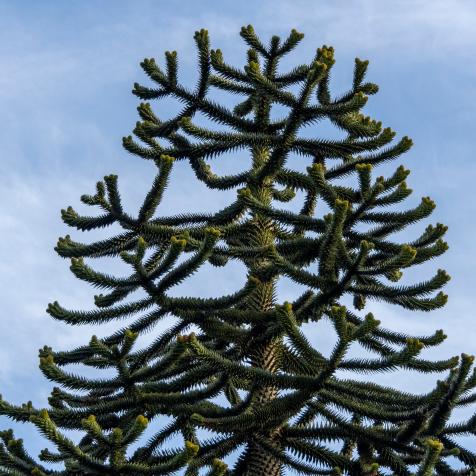
.jpg.rend.hgtvcom.476.476.suffix/1633031314945.jpeg)

